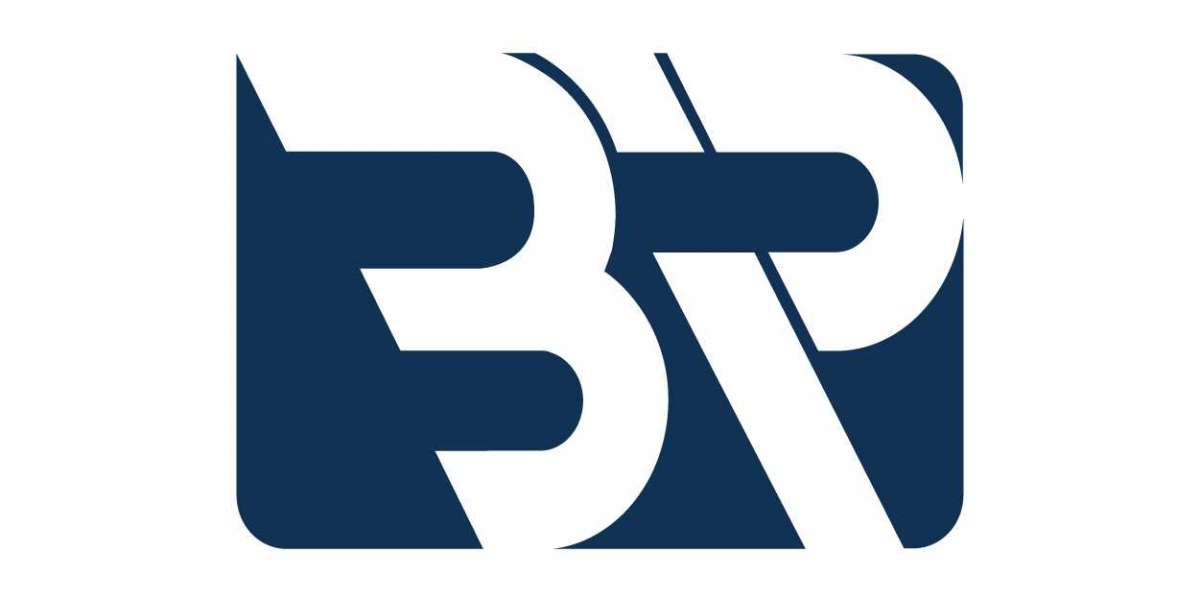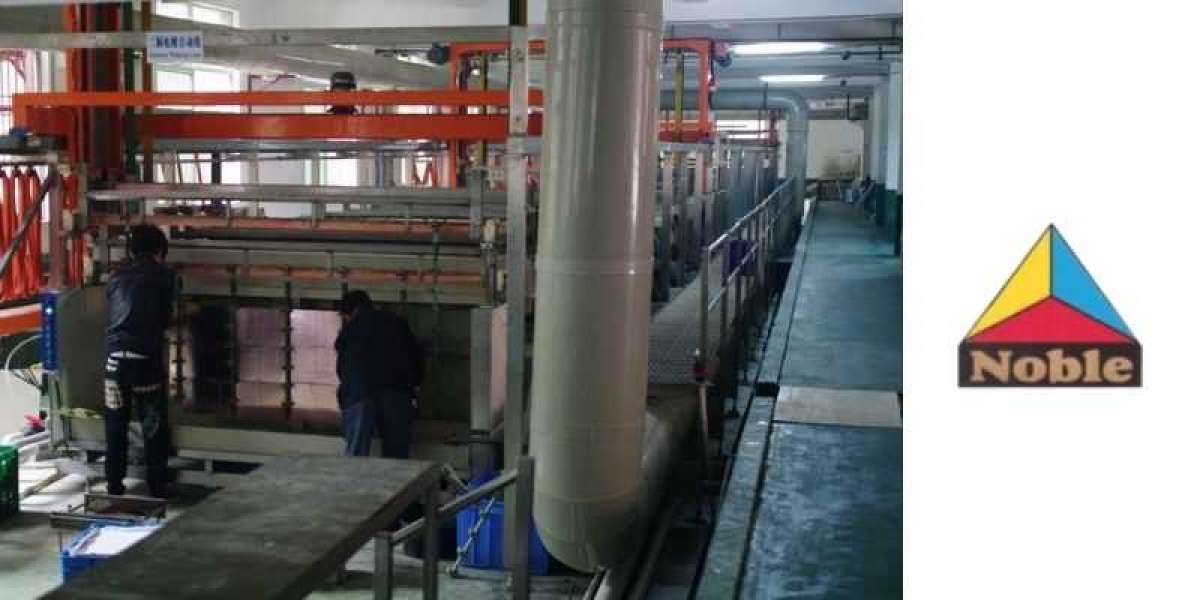Gamification in Rehabilitation through VR Promises Early Treatment in Stroke Patients
With growing prominence of the startup culture, neuroscientists are exploring opportunities in virtual reality (VR) to speed up recovery in stroke patients. For instance, MindMaze - a startup neurotechnology company won several accolades for gamification in rehabilitation catering to stroke survivors with the help of VR and neuroscience. This is evident since stroke application segment accounted for 47% of the neurorehabilitation devices market in 2018. Thus, companies in the neurorehabilitation devices market should collaborate with neuroscientists to deliver inspiring results in stroke rehabilitation.
Healthcare companies are harnessing the advantages of VR, since there is only a short window when the brain can bounce back in early stages of treatment. Hence, VR and neuroscience have helped to maximize the potential for full recovery. Companies are increasing efforts to increase the availability of VR devices in hospitals.
Report Overview: https://www.transparencymarketresearch.com/neurorehabilitation-devices-market.html
New Multi-electrode Stimulation Proves Efficacious in Treatment of Spinal Cord Injuries
New technologies in electrostimulation are engulfing the neurorehabilitation devices market. Researchers are increasing RD to develop a new multi-electrode to stimulate the spinal cord in different points to improve patient quality of life. For instance, the international team of Sissa (International School for Advanced Studies), Italy, collaborated with the researchers at the University of California, Los Angeles and the University of Leeds to develop a new multi-electrode for spinal cord stimulation. Thus, companies in the market for neurorehabilitation devices should collaborate with researchers to advance in spinal cord stimulation.
The new electrode is capable of deploying diversified electric message to different fibers of the cord in a targeted and independent manner. This innovation has aided in fast recovery of voluntary limb movements. Hence, companies in the neurorehabilitation devices market are increasing their research efforts in the field of electrical stimulation to enhance recovery of motor functions.
The novel approach of electric stimulation of the spinal cord has been receiving attention in recent years. This is evident since the brain spinal cord injury application segment is predicted for exponential growth in the market for neurorehabilitation devices. The global neurorehabilitation devices market is estimated to reach a revenue of US$ 3.2 Bn by the end of 2027.
Request Brochure: https://www.transparencymarketresearch.com/sample/sample.php?flag=Brep_id=12791
Companies Combine Robotic Neurorehabilitation Devices with Non-invasive Brain Machine Interfaces
Robotic neurorehabilitation is acquiring prominence in the neurorehabilitation devices market. With the introduction of novel technologies, companies are able to enhance capabilities of robots to offer cost-effective solutions in clinical practice. However, lack of effective training modalities in these robotic devices poses as a restraint for healthcare companies in the neurorehabilitation devices market. Hence, companies are increasing their efficacy to design robotic devices with predefined training modalities depending on the appropriate control strategies.
Companies in the neurorehabilitation devices market are developing robots with passive and active training modalities where the robot is capable of imposing and modulating trajectories with respect to the patient’s intention to move. Companies in the neurorehabilitation devices market combining robot-aided neurorehabilitation with non-invasive brain machine interfaces. Robot-aided neurorehabilitation in combination with proper training regimen is also found to improve patient recovery. Companies are increasing the production of assistive controllers to aid movement in impaired limbs. Various strategies such as assist-as-needed are being widely employed to reduce patient reliance on robots to accomplish the rehabilitative task.
VR and FES Hold Promising Future in Wearable Devices
Since wearable technology is gaining prominence in every day-life applications, companies in the neurorehabilitation devices market are innovating in wristbands that have the potential to rehabilitate patients who have suffered from stroke. As such, wearable devices product segment of the neurorehabilitation devices market is projected for aggressive growth and the global neurorehabilitation devices market is projected to expand at a staggering CAGR of 12.5% during the forecast period.
Request A Sample: https://www.transparencymarketresearch.com/sample/sample.php?flag=Srep_id=12791
Likewise, Facebook agreed to acquire brain-computing startup CTRL-labs that specializes in the neural interface technology and develops wristbands that delivers machine-interpretable commands. With the help of these novel wristbands, companies in the market for neurorehabilitation devices are tapping opportunities to improve recovery in patients suffering from multiple sclerosis, Parkinson’s disease, and other neurodegenerative diseases. Companies in the market for neurorehabilitation devices are also experimenting with VR systems and functional electrical stimulation (FES) to innovate in wearable technology.
Analysts’ Viewpoint
Gamifying rehabilitation for stroke survivors with the help of VR has set the benchmark for innovation in the neurorehabilitation devices market. Neurorobotic systems and non-invasive brain stimulation have helped to enhance the quality and intensity of neurorehabilitation. Non-invasive brain stimulation is being combined with advanced technologies, such as functional MRI and near infrared spectroscopy, to treat neurological disorders.
Electric stimulation is acquiring popularity to restore lost functionality due to spinal cord injuries. However, physiological stimulus is lost after injury, which poses as a hurdle for healthcare companies. Hence, companies should innovate in the new multi-electrode stimulation technology to make the injured spinal cord more responsive to weak incoming messages coming from the brain.
Neurorehabilitation Devices Market: Overview
- According to Transparency Market Research’s latest report on the neurorehabilitation devices market for the historical period 2017–2018and forecast period 2019–2027, rise in prevalence of neurological disorders, aging population, technological advancements, entry of new players, and increase in access to healthcare are anticipated to drive the global neurorehabilitation devices market
- According to the report, the global neurorehabilitation devices market was valued at US$ 1.12 Bnin 2018 and is projected to expand at a CAGR of 5% from 2019 to 2027
Rise in Prevalence of Neurological Disorders and Surge in Awareness about Usage and Benefits of Robotic Neurorehabilitation: A Key Driver
- Rise in prevalence of neurological diseases has increased the patient pool undergoing interventional procedures followed by rehabilitation therapies globally, resulting in high demand for neurorehabilitation devices. Stroke is the leading cause of long-term disability in the U.S. Rise in prevalence of stroke across the world has increased the need of rehabilitation robotics technologies. According to the Internet Stroke Center, around 795,000 people suffer from stroke in the U.S. every year. Moreover, rise in prevalence of neuromotor disorders such as cerebral palsy, brain injury, and spinal cord injury globally drives demand for neurorobotic technologies, thereby fueling the growth of the neurorehabilitation devices market.
- Manufacturers are making efforts to increase awareness among healthcare professionals and patients about the usage and benefits of neurorehabilitation robots. Neurorehabilitation robot manufacturers in developed countries such as the U.S. have begun to reach local communities by offering Continual Medical Education (CME) classes. This leads to increase in awareness among physicians and surgeons about the availability and usage of neurorehabilitation robots, thereby fueling the growth of the neurorehabilitation devices market.
Focus on Geographic Expansion
- Companies in the global neurorehabilitation devices market are increasingly turning to in-licensing and collaboration agreements to launch new products in North America and Europe. Rise in demand for technology-driven solutions, economic growth, and increase in awareness about neurological disorders present significant opportunities for players operating in the global neurorehabilitation devices market.
- According to industry experts, high cost of neurorehabilitation devices could hamper the market growth. This is particularly true for various underdeveloped and developing countries. Prevalence of neurological disorders is high in developing regions such as Asia, Africa, Latin America, and the Middle East. Hence, growth of neurorehabilitation devices is expected to be faster in these regions. However, high cost of neurorobotic systems and wearable devices would be a deterrent for exploiting the full potential of these regions.
Request for covid19 Impact Analysis:
https://www.transparencymarketresearch.com/sample/sample.php?flag=covid19rep_id=12791
Long Implantation Procedure, High Cost, and Lack of Skilled Professionals to Hamper Market
- The global neurorehabilitation devices market is technology driven. Introduction of new technologies in the market increases the demand for these systems due to improved efficiency and outcomes. However, high cost of these new devices raises the affordability issue, which hampers the growth of the neurorehabilitation devices market, especially in the developing countries. Moreover, lack of reimbursement affects demand for neurorehabilitation devices.
- Neurorehabilitation devices have been adopted by patients, therapists, and doctors in the last decade. However, standardization in training for product and accreditation guidelines to ensure physician competence and patience safety is still lacking. Hence, failure of neurorehabilitation devices has been observed during clinical practice, which results from product failure.
Neurorehabilitation Devices Market: Competition Landscape
- This report profiles major players in the global neurorehabilitation devices market based on various attributes such as company overview, financial overview, product portfolio, business strategies, and recent developments
- The neurorehabilitation devices market is less fragmented with the presence of a few international as well as regional players
- Leading players operating in the global neurorehabilitation devices market are
- Bionik Laboratories Corp.
- Ekso Bionics
- ReWalk Robotics
- Tyromotion GmbH
- Boston Scientific Corporation
- Medtronic plc
More Trending Reports by Transparency Market Research:
Sensor Based Smart Catheters Market: https://www.transparencymarketresearch.com/sensor-based-smart-catheters-market.html
Hearing Aids Market: https://www.transparencymarketresearch.com/hearing-aid-market.html
Plasma Sterilizers Market: https://www.transparencymarketresearch.com/plasma-sterilizers-market.html
Pulmonary Drug Delivery Devices Market: https://www.transparencymarketresearch.com/pulmonary-drug-delivery-devices-market-2018-2026.html
Lactate Meter Market: https://www.transparencymarketresearch.com/lactate-meters-market.html
About Us:
Transparency Market Research is a next-generation market intelligence provider, offering fact-based solutions to business leaders, consultants, and strategy professionals.
Our reports are single-point solutions for businesses to grow, evolve, and mature. Our real-time data collection methods along with ability to track more than one million high growth niche products are aligned with your aims. The detailed and proprietary statistical models used by our analysts offer insights for making right decision in the shortest span of time. For organizations that require specific but comprehensive information we offer customized solutions through ad hoc reports. These requests are delivered with the perfect combination of right sense of fact-oriented problem solving methodologies and leveraging existing data repositories.
TMR believes that unison of solutions for clients-specific problems with right methodology of research is the key to help enterprises reach right decision.
Contact Us
Rohit Bhisey
Transparency Market Research Inc.
CORPORATE HEADQUARTER DOWNTOWN,
1000 N. West Street,
Suite 1200, Wilmington, Delaware 19801 USA
Tel: +1-518-618-1030
USA – Canada Toll Free: 866-552-3453
Email: sales@transparencymarketresearch.com








